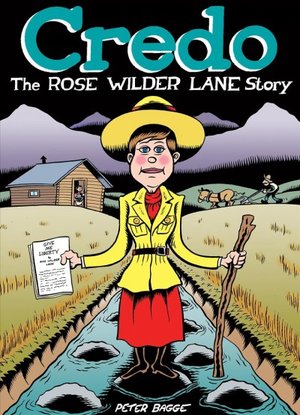 Almost everyone assumed, based on the last several years’ most-noted weakness being the offensive line, that the Vikings would take the best centre, guard or tackle available and call it a night. Some contrarians were calling out for one of the two top tight ends to be taken to eventually move into Kyle Rudolph’s role for 2020 and onwards. There were even a few brave souls calling for yet another cornerback to be the Vikings’ first pick … and not all of them were sock puppets for head coach Mike Zimmer.
Almost everyone assumed, based on the last several years’ most-noted weakness being the offensive line, that the Vikings would take the best centre, guard or tackle available and call it a night. Some contrarians were calling out for one of the two top tight ends to be taken to eventually move into Kyle Rudolph’s role for 2020 and onwards. There were even a few brave souls calling for yet another cornerback to be the Vikings’ first pick … and not all of them were sock puppets for head coach Mike Zimmer.
Given his history since general manager Rick Spielman took the job, a certain amount of horsetrading is to be expected … he’s called “Trader Rick” for good reason. One possibility was that the Vikings would try to trade back from the 18th pick to accumulate more picks in later rounds. At the start of the draft, the Vikings had five of their own draft picks and three late compensatory picks available, and Spielman is known to prefer having as many as ten picks to work with.
After a surprising run in the earlier picks of the first round, where most of the highly touted offensive linemen were dropping, some fans started to assume the worst — that the Vikings would trade down rather than grab a tackle, guard, or centre — if you’re a long-time Vikings fan, this sort of pessimism comes naturally. In the event, however, the Vikings stood pat at 18 and selected North Carolina State centre Garrett Bradbury:
ESPN‘s Courtney Cronin had good things to say about Bradbury the day before the draft:
There are multiple scenarios in which the Vikings can still get the offensive line help they need while addressing a different concern with their first pick.
However, N.C. State center Garrett Bradbury is the perfect fit for Minnesota at No. 18. The elite prospect can be a difference-maker on the interior. He is a match on multiple fronts, from how his athletic traits fit the Vikings’ zone-blocking scheme to the positional flexibility he provides with their current personnel.
Bradbury was in an outside-zone scheme at N.C. State that required him to work into the second level, run laterally and move quickly. At the NFL combine, Bradbury recorded the fastest three-cone time (7.41 seconds), as well as the third-fastest 40-yard dash (4.92), among offensive linemen.
His strength and movement skills strike comparisons to former Vikings guard/center Nick Easton and many of the traits found in last year’s second-round pick, Brian O’Neill. Drafting a player with a skill set this vast is critical to the Vikings’ zone-running scheme and can create a more explosive attack in areas like the play-action game.
At Zone Coverage, Sam Ekstrom had this to say about Bradbury:
Garrett Bradbury might be the best center in the draft. He certainly was in the country in 2018, winning the Rimington Trophy, which went to current Viking Pat Elflein two years ago before he was drafted by the Vikings in the third round. Bradbury also has experience at left and right guard, where he spent several seasons before transitioning to center. His interior flexibility makes him an asset, and as a former tight end in high school, his athleticism would make him effective in a zone scheme.
Bradbury ran the third-best 40 and top 3-cone drill at the combine amongst linemen. He also had the second-best bench press. He has a lot of reps under his belt already as he nears age 24, but he proved durable as a three-year starter for North Carolina State.





